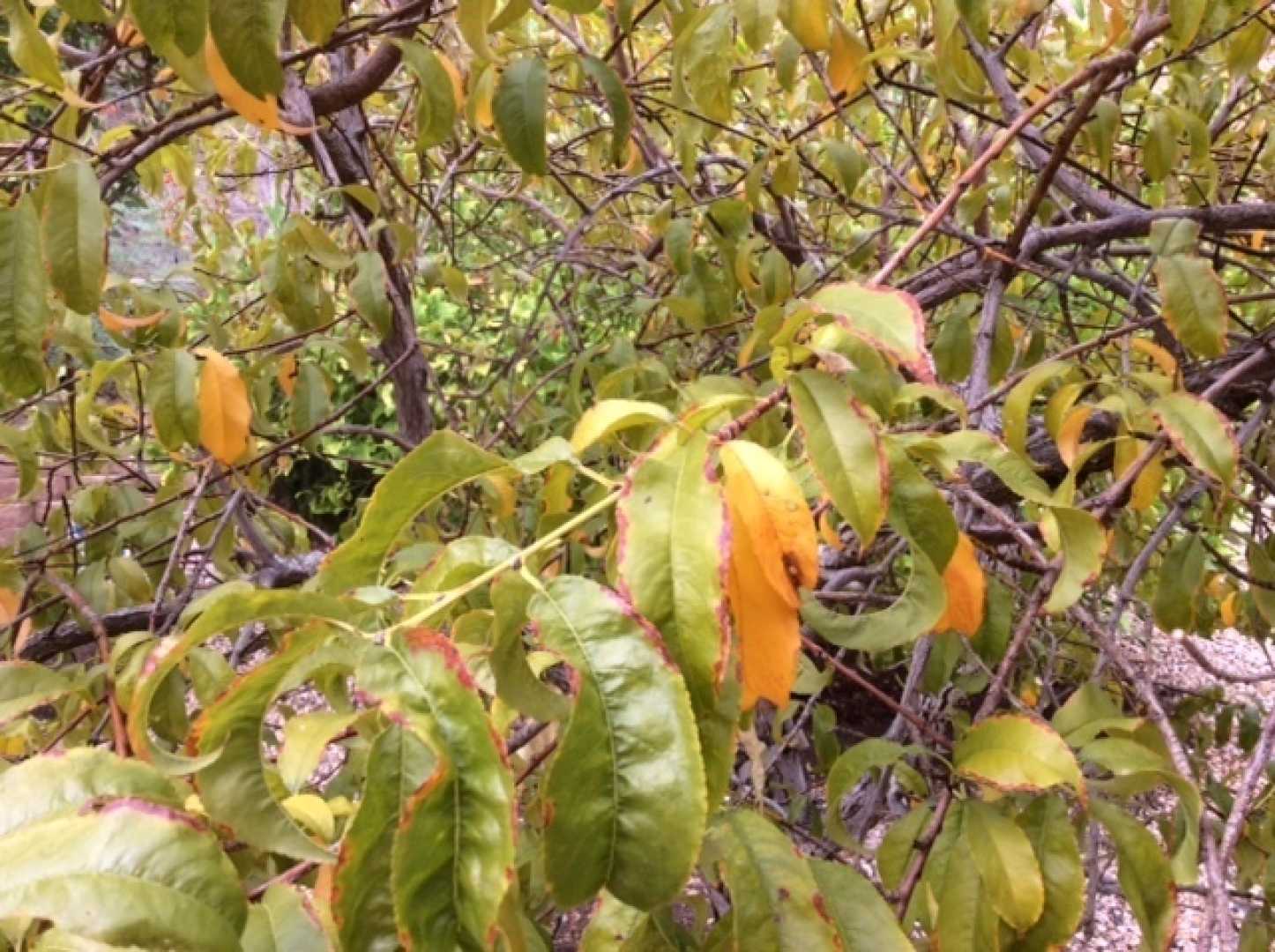News
Gardening Tips for Healthy Peach Trees This Summer

LINCOLN, Neb. — As summer rolls in, gardeners across the country look forward to harvesting juicy peaches. However, if your peach tree isn’t producing well, it might be due to improper watering. Peach trees thrive in moist soil but are vulnerable to fungal disease if overwatered.
Experts advise that watering should be done early in the morning or later in the day when temperatures are cooler. Eric North, program manager of urban forestry at Arbor Day Foundation, recommends monitoring the soil temperature. "Water if the ground is thawed and the soil is 40 degrees Fahrenheit or warmer. Keep it watered until the ground freezes again," he said.
Newly planted peach trees require more frequent watering than established ones because they have fewer roots to gather moisture. North explained, "As the soil dries, their roots have not yet explored enough of the soil to forage for water." This may mean watering daily to weekly for younger trees.
For mature peach trees, watering can be less frequent, ranging from weekly to monthly. North noted that if the area receives about one inch of rain per week, supplemental watering might not be necessary.
Linda Langelo, a horticulture specialist at Colorado State University, recommends feeling the soil around the tree. "Water when the top 3 inches are dry, and ensure you water deeply to keep the entire root zone moist," she said.
Sun exposure, soil quality, and the amount of mulch around the tree all impact watering needs. According to North, peach trees thrive in six to eight hours of full sun. In shaded areas, watering may be less frequent.
Soil texture also plays a crucial role in watering practices. Heavy soils retain more water and can lead to waterlogged conditions, while lighter soils may require more frequent watering. "We want to achieve moist soil, not dry or soggy," North explained.
Environmental conditions such as heavy rainfall or drought affect watering routines too. "If it’s been dry, water more, and if it’s been rainy, reduce frequency," North advised. He also mentioned that humidity levels can impact how much water the tree needs.
Using mulch can help retain soil moisture. "Apply mulch over the roots and entire planting hole, but keep it away from the trunk," North stated. This helps reduce watering frequency and adds organic matter back to the soil.
During the growing season, the amount of fruit developing can also affect watering needs. North said, "If a lot of fruits are developing, more water may be required as the tree supports the peaches."
To prevent diseases, North suggests using soaker hoses or buckets to water at the base of the tree, avoiding sprinklers that wet the leaves. Proper watering techniques can help keep peach trees healthy and fruitful.
Recognizing the signs of over or underwatering is critical. Symptoms such as drooping or discolored leaves can indicate water imbalance. North advises gardeners to check the soil condition to differentiate between the two.












